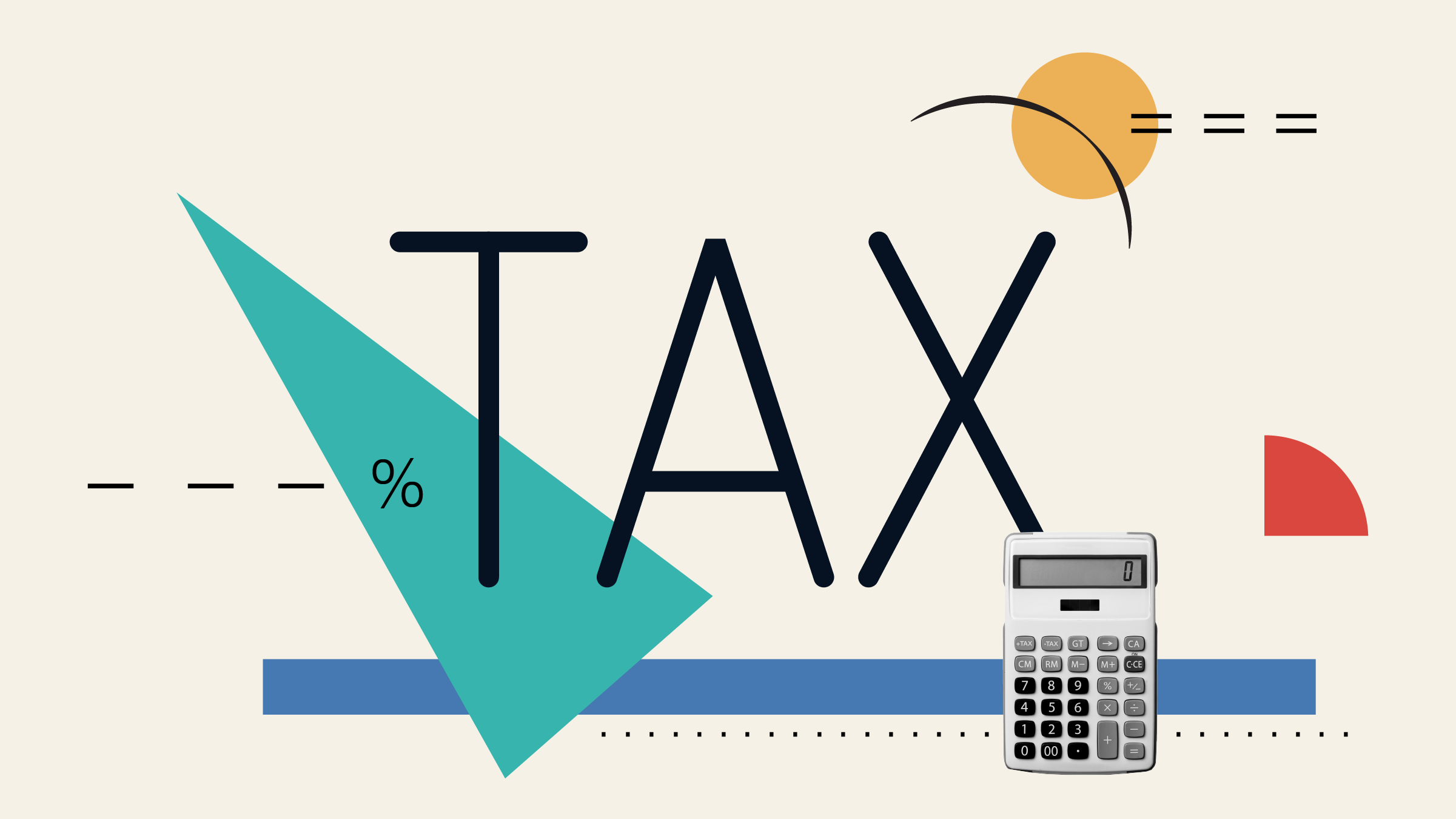US equity market prices are up over 300% from the lows of March 2009. In hindsight, there is little doubt that this was a significant low for the US market. It is reasonable to assume at least part of this increase reflected a correction of extremely low pricing of US equities. An increase of this magnitude raises the valid question of whether or not US equities are over-priced.
Estimating the fair value of any asset requires the discounting of the expected future cash flows over the life of the investment. This involves an estimate of the cash flows, the risk and uncertainty of these cash flows and the opportunity cost of the capital. Comparing price with this estimate of fair value is at the heart of value investing. This applies equally to aggregate equity markets as it does to individual companies.
To apply this to US equities, we can view the aggregate market as an individual company. The US economy looks relatively strong and US corporations are currently very profitable across a number of different measures. However, asset prices should compensate for the prospective risk of investing and the drivers of equity market fundamentals are pro-cyclical. While the situation looks rosy at present, revenue, profits, dividends, buy-backs and price earnings ratios all tend to fall during economic downturns.
When assessing fair value, it is therefore important to normalise for this cyclicality. Using this approach within historically reliable methods for estimating fair value, the US equity market appears very over-priced. From this level of over-pricing, US equities have typically delivered very low medium-term returns. While the current fundamentals appear strong, on a forward looking basis there is a limited margin of safety in the current price.
This implies the discount rate being applied to future cash flows is low for US equities, and viewing equities as a long duration investment provides an interesting implication. When discount rates are low, relatively small changes in the discount rate lead to large price movements – and this means price volatility. The prospect of lower returns and larger price movements implies a greater chance of negative returns or losses, and an unattractive reward for risk.
The current situation is a natural result of zero interest rates, as the lack of available return from safe assets leads to a search for other sources of return, driving prices higher and prospective returns lower. Consequently, other assets become priced to deliver low returns. This means despite high prices, US equities may still be priced relatively sensibly, given the unattractive nature of the alternatives. Importantly, this is a relative argument and while the return may be more attractive than low risk assets, the potential for loss may well have increased.
Unfortunately, equities have a tendency to punish investors when they can least afford it and those preferring a margin of safety will not be enticed. We believe there will be more attractive prices in the future, and holding extra cash until then may be the most sensible strategy. For many, this is just not palatable. In which case, expect low returns and periods of significantly negative returns, as the road to low returns in equity markets is rarely smooth.
The takeaway for long-term investors is that the return over the next five to ten years for US equities is likely to be a lot lower than historically. And the risks of owning US equities have not changed. As long-term valuation-driven investors, we are holding less US equities and instead holding more attractively priced equities. We are also holding more cash than normal.
This may mean lower returns in the short-term as we wait for better opportunities. While there is no getting around how tough this market is for investors with endless temptations to believe that this time it is different - patience remains the key investment virtue.





























